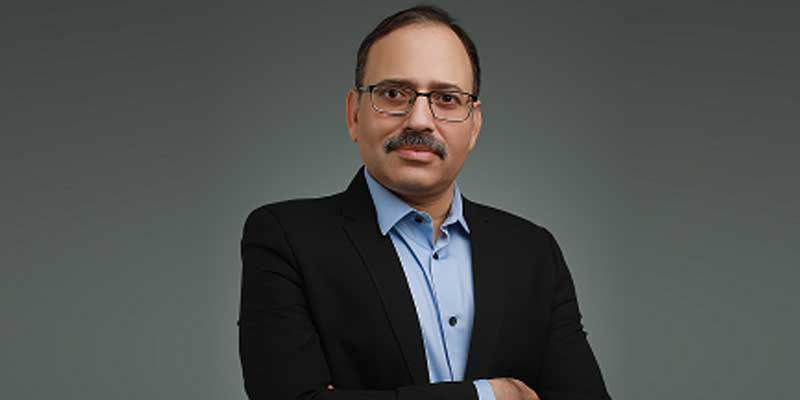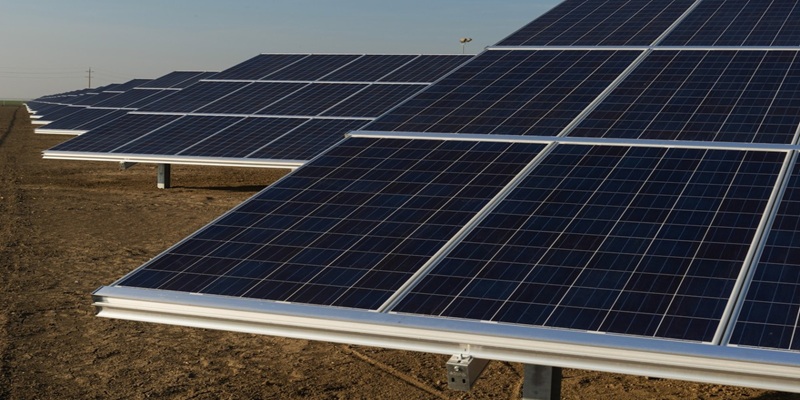Schedule a Call Back
Public charging stations have surged ninefold in India
 Articles
Articles- Aug 16,24

Related Stories

Musashi India Expands Bengaluru Plant to Boost Transmission Output
Musashi India has completed Phase 2 of its Bengaluru plant expansion to scale production.
Read more
Piyush Goyal Outlines Four Pillars for India’s 2047 Vision
Piyush Goyal recently highlighted four pillars guiding India’s goal of becoming a developed nation.
Read more
Saatvik Solar Industries Secures Rs 1775 Mn Orders for High-Efficiency PV modules
These orders have been awarded by reputed Independent Power Producers (IPPs) and EPC developers across India, reinforcing Saatvik’s position as a trusted and preferred module supplier in the count..
Read moreRelated Products

Automotive Oil Pump
Kalpak Auto Pvt Ltd offers a wide range of
automotive oil pump.
Tata Motors unveils facilities for development of Hydrogen propulsion tech
Tata Motors, India?s largest automobile company, unveiled two state-of-the-art & new-age R&D facilities for meeting its mission of offering sustainable mobility solutions. The unveilings constitute of Read more
Tata Motors plans petrol powertrain for Harrier and Safari SUVs
Tata Motors is in the process of developing a new petrol powertrain for its premium sports utility vehicles, the Harrier and Safari, as confirmed by a senior company official. Currently, these models Read more















